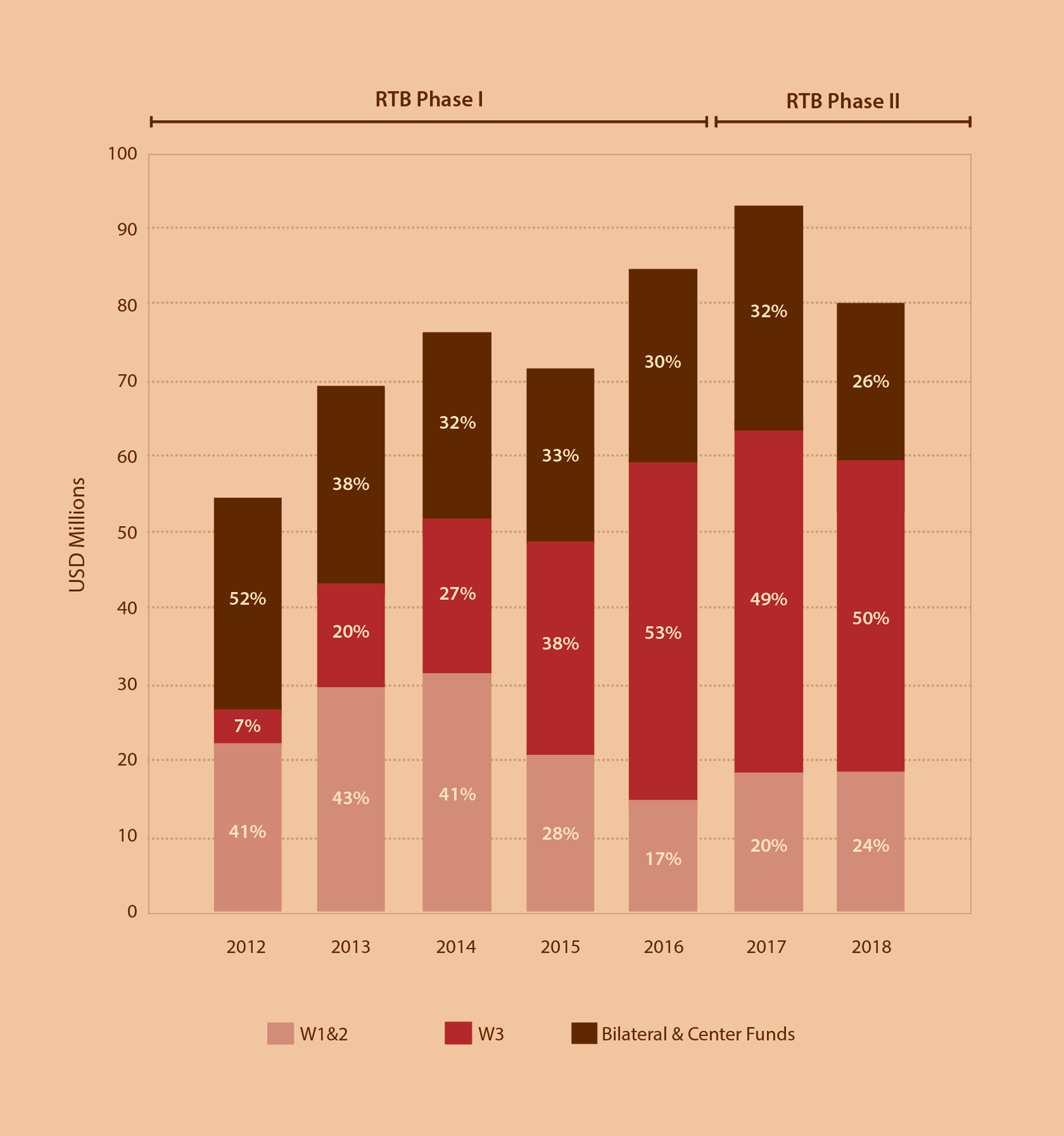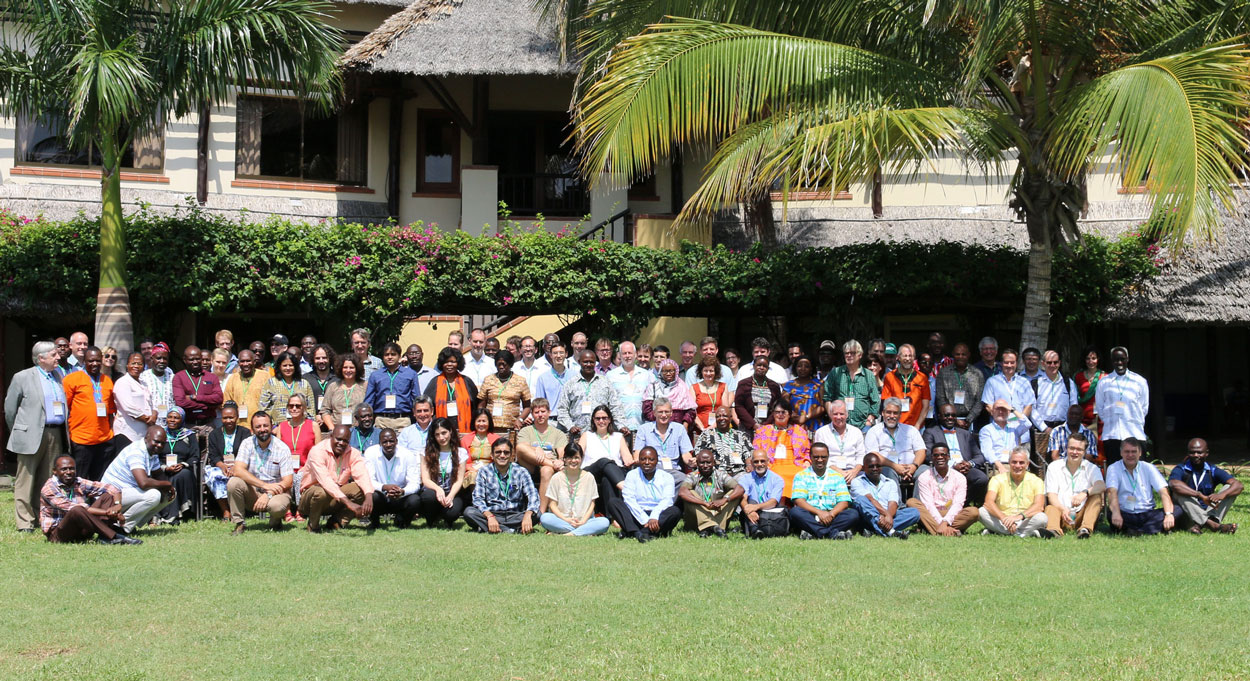The CGIAR Research Program on Roots, Tubers and Bananas (RTB) was launched in 2012 to harness the untapped potential of banana (including plantain), cassava, potato, sweetpotato, yam, and other root and tuber crops to improve food security, nutrition and livelihoods. RTB brings together the expertise and resources of five centers: the International Potato Center (CIP), which leads the program; Bioversity International; the International Center for Tropical Agriculture (CIAT); the International Institute of Tropical Agriculture (IITA); and the Centre de Coopération Internationale en Recherche Agronomique pour le Développement (CIRAD), which represents several other French partners in the research program. The centers have teamed up to collaborate on common issues affecting RTB crops, mobilize complementary expertise and resources, avoid duplication of efforts, and create synergies. This collaborative approach aims to increase the benefits of the centers’ research and interventions for smallholder farmers, consumers, and other actors in root, tuber and banana agri-food systems.
In 2018 RTB was consolidating research in five interdisciplinary flagship projects (FPs), illustrated below and described throughout this report. Each flagship has a dynamic leader based in one of
the centers. Each flagship is composed of a set of interrelated research ‘clusters’ which have clear impact pathways through which RTB centers and their partners collaborate to achieve targeted outcomes. The areas of focus for each of the clusters were identified through an RTB assessment to determine the options with the greatest potential for impact.
The nested impact pathways at the cluster and flagship project levels are at the heart of the program’s results-based management. A monitoring and evaluation system, aligned with the overall CGIAR performance management framework, has been developed and its implementation is facilitated through MEL, an online planning, monitoring, evaluation, and learning platform, collaboratively developed with several CRPs and centers.
In 2018 RTB maintained collaboration with 381 partners, primarily national agricultural research organizations, academic and advanced research institutions, private companies and nongovernmental organizations (NGOs). These valuable partnerships played an increasingly important role in this second phase as the program works to scale out the technologies and approaches developed under its flagships. RTB sought to accelerate the scaling of innovations linked with capacity development for partners, while ensuring that research benefits women and men alike and engages youth. Together, RTB and its broad network of partners worked to
achieve the program’s intermediate development outcomes – which are fully aligned with the Sustainable Development Goals – by 2022.













20 million people (50% women) increased their income

RTB Where We Work 2019
Flagship Project 1 (FP1) is developing leading-edge science for more efficient breeding of user-demanded root, tuber and banana varieties, while overcoming the limitations of conventional breeding for vegetatively propagated crops. Plant breeders are using new genomic tools across the RTB Program being developed in collaboration with top universities and research centers around the globe. This strategic investment will allow RTB breeders to quickly combine favorable traits, now spread across dozens of breeding lines, to develop new varieties that are more acceptable to consumers, with better nutritional value, higher yield and resistance to shifting pests and diseases in a changing climate. “The new tools developed by RTB allow the best use of the untapped genetic resources, genetic markers and other latest techniques, making it possible to get farmers the varieties they need much faster,” says Luis Augusto Becerra, FP1 leader and principle research scientist at CIAT. FP1 also contributes to enhancing the conservation and use of genetic diversity. So, these new tools are being used to characterize the genetic variability in genebank collections as well as the diversity maintained in farmers’ fields.
Flagship Project 2 (FP2) focuses on breeding better varieties and making sure that they match the needs and preferences of farmers and consumers, women and men. FP2 also strengthens the seed systems that get these varieties into farmers’ hands. Farmers’ and consumers’ demands for new traits must be communicated back to breeders, so that the varieties now in the pipeline will be well-received when they are released. “It is essential to bring the farmers’ criteria and preferences on board as early as possible in a breeding program. This makes sure that the new crop varieties developed by our plant breeders are the ones that farmers need. Now the emphasis is not on the number of varieties released, but on how well the variety meets all requirements of end users and making sure they get into use. This is crucial for improving nutrition in developing countries,” says Maria Andrade, FP2 leader, plant breeder at CIP, and World Food Prize winner.
Flagship Project 3 (FP3) helps to develop the strategies needed to protect roots, tubers and bananas from pests, diseases and abiotic stresses. “It’s not enough to breed the best new varieties. We also have to see that the crops are grown in ways that allow them to express their full genetic potential,” says James Legg, FP3 leader and plant virologist at IITA.
These efforts include spotting new diseases as they emerge in countries for the first time, finding the best way to manage pests and diseases and working with farmers to develop sustainable agronomic practices which will boost their yields and protect them from the impacts of climate change.
RTB crops are being bred to make them more nutritious, for example by boosting their level of vitamin A. New strategies are being developed to take these new crop varieties to the farmers who grow them and to consumers as well. “We must make sure that the public appreciates the nutritional value of these important new varieties and that they are widely available to the people who need them, for improved health,” says Tawanda Muzhingi, FP4 leader and food scientist at CIP. The advocates of new crops in the policy arena are being trained to encourage their use. Researchers are also working on ways to turn roots, tubers and bananas into new food products, which will make them more widely available. Recipes are being created to preserve the nutrients of the new varieties. One exciting technique is also turning wasted cassava peelings into commercial animal feed.
FEATURE
Flagship Project 5 (FP5) helps other RTB innovations go to scale. Gender specialists consider the way in which changing roles of men and women need to be considered to scale RTB innovations while paying special attention to gender equity. RTB also examines its own partnerships to ensure that the most efficient methods of stakeholder participation are used. “We are generating evidence of the opportunities and bottlenecks for the development and uptake of RTB innovations. This informs the RTB teams about which research and development activities and partnerships have the highest likelihood of achieving impact at scale,” explains Marc Schut, FP5 leader and senior innovation and scaling scientist with IITA and WUR. FP5 teams also review impact, for example, implementing surveys with genetic fingerprinting to pinpoint which crop varieties have actually been adopted.

Partnership is central to international agricultural research for development. Collaboration mobilizes research results by bringing together diverse actors at international, regional, national and local levels. Partnerships are crucial for RTB’s success and form an intrinsic part of the theories of change which make outcomes possible. Moreover, the scale and scope of partnerships change along the continuum from research to development.
In 2018 RTB worked with 381 formally established partners, including private sector, national agricultural research organizations, advanced research institutions, academic institutions, governmental and NGOs. Innumerable CBOs, and farm households not individually listed here were also central to the program’s success.
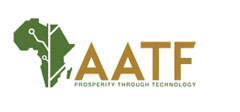



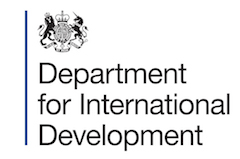



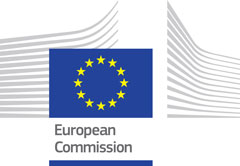

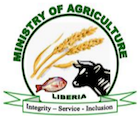
Government of Liberia (Ministry of Agriculture)
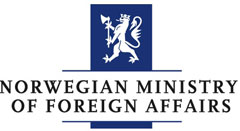
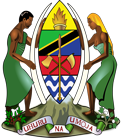
Government of Tanzania (Ministry of Agriculture, Food Security and Cooperatives)

Government of Uganda


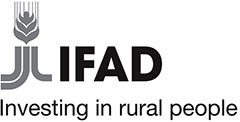

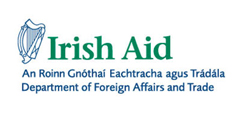









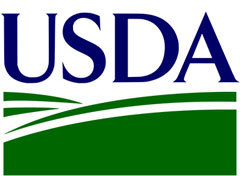

- Windows 1&2 funds are provided by CGIAR to RTB for allocation across the agreed product portfolio. Window 1 funds are allocated by the CGIAR System Organization to different CRPs, including RTB, while Window 2 funds are designated by donors specifically to RTB.
- Window 3 funds are allocated directly to CGIAR centers by donors and are mapped into RTB when they are consistent with the RTB product portfolio. Window 3 includes a deduction of 2% of the total budget as contribution to the CGIAR System Organization.
The 2018 financial year started with the positive outlook communicated by the System Office. RTB received a Windows 1&2 (W1&2) allocation of USD21.7M. This allocation comprised USD19.5M, that represented the “most likely” scenario, and an additional USD2.2M (+10%). Nevertheless, for internal management purposes, RTB started working with the likely scenario of USD19.5M, which was maintained until the end of the year because the additional funds were not confirmed.
Also, RTB assigned to participant centers a total carry- over from 2017 of USD2.3M. Hence, the total forecast for W1&2 was USD21.8M and represented 23% of the total budget.
A total of USD72.5M of W3, bilateral projects and RTB participant centers’ own funds were mapped under RTB in 2018 and represented 77% of the total budget. The total 2018 budget for the program was USD94.4M.
RTB total expenditure for 2018 was USD80.3M, or 85% of the budget, of which USD19.0M (24%) were from W1&2, and USD61.3M (76%) from W3, bilateral and centers’ own funds. Execution rate of W1&2 budget reached 87% and 85% for W3, bilateral and centers’ own funds.
The RTB FPs have an average execution of 86%. No FP exceeded its budget. FP3 had the highest execution rate (94%) and FP4 had the lowest (78%).
The chart to the right shows the W1&2 budget and expenditure by FP and the PMU (Program Management Unit) expenditure of USD1.6M.
In absolute terms, the contribution of W1&2 to RTB’s budget was stable in the last two years (USD20.5M in 2017 and USD21.8M in 2018).
Based on the actual expenditures reported for all the funding windows, the relative contribution of W1&2 has increased from 20% in 2017 to 24% in 2018. This change is explained by an overall reduction of USD13.9M in the amount of W3, bilateral and center funds for the same period.
The total expenditure in 2017 was USD93.5M against USD80.3M in 2018. The implementation rate in 2018 was 85%, similar to the rate recorded in 2017 (87%). RTB’s cumulative expenditure has reached USD529.2M over the seven years of the program (USD154.6M from W1&2, and USD374.5M from W3, bilateral and center funds).
| Flagship W1 & 2 |
Budget | |||||||||
| Bioversity | CIAT | CIP | IITA | CIRAD | WUR | Partners | PMU | TOTAL | ||
| FP1 : Enhanced Genetic Resources | 0.71 | 0.80 | 1.42 | 0.64 | 0.10 | – | 0.09 | – | 3.77 | |
| FP2 : Productive Varieties & Quality Seed | 0.62 | 0.59 | 2.89 | 1.23 | 0.04 | 0.06 | – | – | 5.44 | |
| FP3 : Resilient Crops | 1.28 | 0.38 | 0.77 | 1.20 | 0.08 | – | 0.31 | – | 4.01 | |
| FP4 : Nutritious Food & Added Value | 0.21 | 0.58 | 0.70 | 0.78 | 0.24 | – | 0.10 | – | 2.60 | |
| FP5 : Improved Livelihoods at Scale | 0.65 | 0.51 | 1.02 | 1.19 | 0.01 | 0.34 | – | – | 3.71 | |
| CRP Management & Support Cost | 0.04 | 0.06 | 0.08 | 0.08 | – | – | 0.00 | 2.07 | 2.33 | |
| TOTAL | 3.52 | 2.91 | 6.88 | 5.11 | 0.48 | 0.40 | 0.49 | 2.07 | 21.86 | |
| Flagship W1 & 2 |
Expenses | |||||||||
| Bioversity | CIAT | CIP | IITA | CIRAD | WUR | Partners | PMU | TOTAL | ||
| FP1 : Enhanced Genetic Resources | 0.71 | 0.79 | 1.34 | 0.63 | 0.10 | – | 0.09 | – | 3.66 | |
| FP2 : Productive Varieties & Quality Seed | 0.59 | 0.58 | 2.36 | 1.21 | 0.04 | 0.06 | – | – | 4.84 | |
| FP3 : Resilient Crops | 1.23 | 0.36 | 0.75 | 1.15 | 0.08 | – | – | – | 3.58 | |
| FP4 : Nutritious Food and Added Value | 0.16 | 0.34 | 0.19 | 0.59 | 0.21 | – | 0.10 | – | 1.60 | |
| FP5 : Improved Livelihoods at Scale | 0.72 | 0.46 | 1.10 | 1.36 | 0.02 | 0.16 | – | – | 3.81 | |
| CRP Management & Support Cost | 0.04 | 0.06 | 0.08 | 0.08 | – | – | – | 1.33 | 1.59 | |
| TOTAL | 3.36 | 2.64 | 5.57 | 4.83 | 0.45 | 0.34 | 0.19 | 1.67 | 19.06 | |
